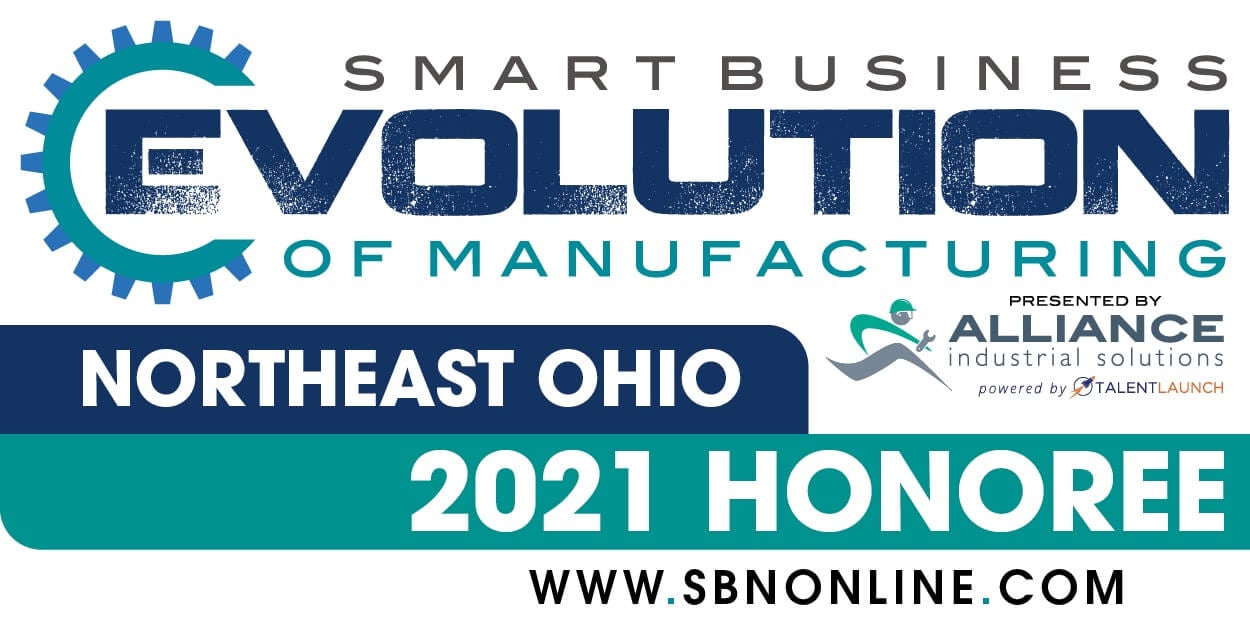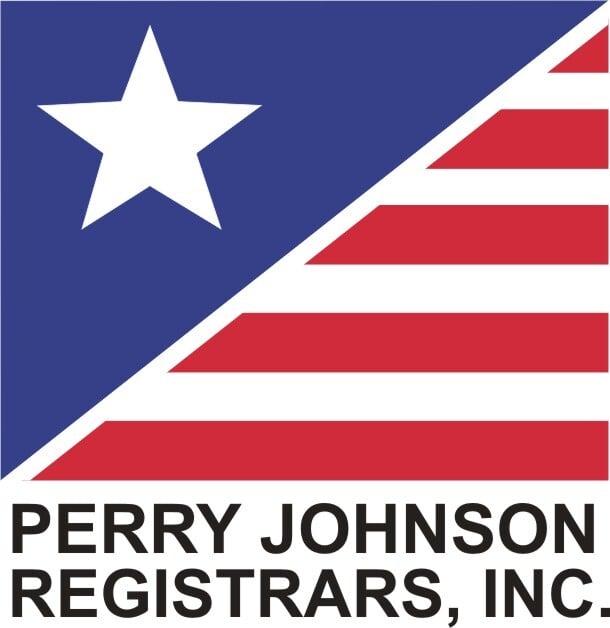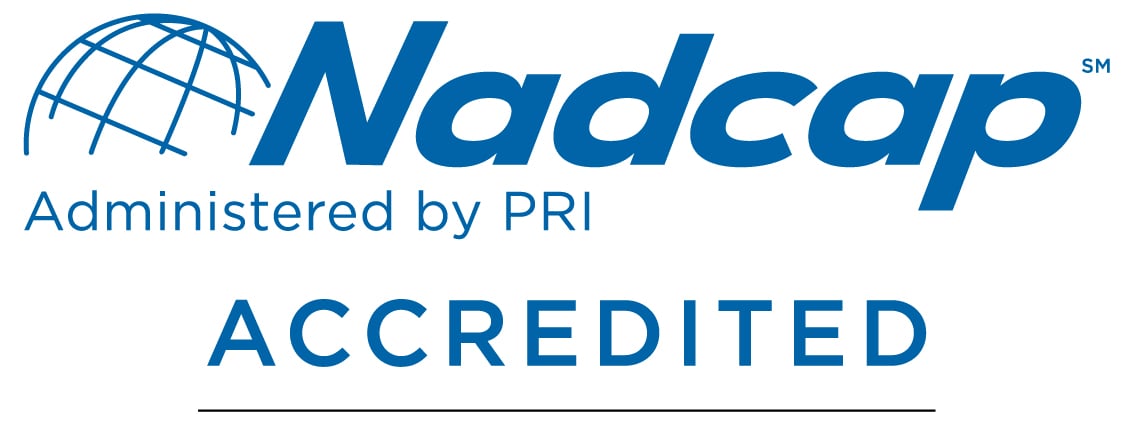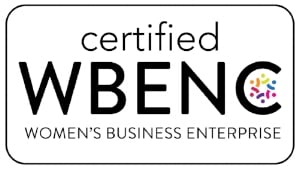No doubt about it, additive manufacturing is hot. Unlike subtractive processes, such as machining which make parts by removing material, additive processes build three-dimensional objects layer-by-layer from digital models. Solid objects can be “3D printed” to almost any shape. Over time, the technology’s range has expanded from mostly business-to-business to business-to-consumer. This has changed the face of industry, making many companies think differently about how they produce parts. Most companies used to associate “additive manufacturing” solely with “prototypes.” Now, spurred by the rise of consumer resources such as MakerBot and MakerGear, firms are increasingly associating additive with “end parts.”
Although some firms are still stuck on using mill specs for production, it seems that in the last few years, more companies are thinking harder about when and how to use additive techniques. Stories such as the Navy using additive aboard ships to build replacement parts and NASA exploring the technology to create spare parts on spaceships crop up almost daily.
Fused deposition modeling (FDM) is the most common additive technique in industry because it prints parts using standard engineering thermoplastics — not the proprietary blends other techniques demand. Our company builds end parts using FDM, stereolithography (SLA) and selective laser sintering (SLS).
Additive manufacturing can be used to help in production in at least 2 popular ways. First, “3D printing” can be used to create fixtures. Currently, companies must design and machine-out fixtures from a metal or plastic material in order to make a production fixture. The FDM, and other additive processes, now allow companies to “print” fixtures and get the completed devices by the next day. The fixtures hold parts for assembly, painting or machining (for instance, post-op drilling.) Second, additive manufacturing can produce the end use part either for initial testing or for the actual production run. The medical-grade polycarbonate (PC-ISO) FDM material is popular in the medical device industry and Ultem is popular for many high-heat applications for the automotive and aerospace industries.
We see a lot of interest in additive techniques and feel that their use in industry will continue to grow.








.jpg)

.png)

.png)

